Cleanroom News
Smart Fungus Among Us – Can Mushrooms Architect the Materials of the Future?
Biosensing Technology
When we think of fungi – and who doesn’t when we all have so much extra time to ponder the bizarre? – we tend to think of either the mushrooms we add to our Friday night pizza or the trippy psilocybin-laden ‘magic mushrooms’ that are, we understand, enjoying something of a renaissance as therapeutics. We do not, however, think of fungi as architects or e-textiles. But research emerging from international cleanrooms suggests that mushrooms may need a brand make-over. So today we’re looking at fungi in construction and as bio-sensors – that humble pizza topping may never look the same again!
Fungi: what exactly are they? According to Dr. Mohammad Mahdi Dehshibi, a researcher at Spain’s Universitat Oberta de Catalunya (UOC), ‘Fungi make up the largest, most widely distributed and oldest group of living organisms on the planet.’(1) The Microbiology Society categorizes the three major groups of fungi based upon life cycle, presence/absence of fruiting body, and the arrangement/type of reproductive cells produced: multicellular filamentous molds; macroscopic filamentous molds; and single celled microscopic yeasts. In terms of the mushroom we see above the ground, this is the fruiting body that indicates the presence of a much more extensive subterranean network. Once considered part of the Plant Kingdom, these organisms are now regarded as being more closely related to animals, warranting their own classification of Fungi Kingdom. And similarly to animals, they possess, as Dehshibi asserts, some decidedly un-plant-like abilities. They can, for example, ’sense and process a range of external stimuli, such as light, stretching, temperature, the presence of chemical substances and even electrical signals.’(2) Moreover they can be recruited to work for us.
However, before embarking on a flight of fancy by imagining a whole class of fungal employees or assistants, let us refine what we mean by this. The previously untapped potential of fungi, it appears, extends at this time into two significant areas: construction and bio-sensing technology. Let’s take a look first at fungal building blocks.
Computer science researchers at the University of the West of England (UWE) based in Bristol, UK, are collaborating with international colleagues in biophysics, architecture, and mycology to develop eco-friendly and sustainable building materials. Funded by the European Commission, the carbon-free materials will be used to construct a framework for a prototype domestic dwelling in which living fungi play an active and integral role. And these organisms are not the ‘dumb’ kind already used in, for example, existing construction materials and packaging/shipping products. These are ‘smart’ fungi which, researchers say, use ‘a novel bio-electric system developed by scientists, [of] living fungi grown inside the building’s framework structure [that] will act as a sensor detecting changes in light, pollutants and temperature, [thereafter] computers will analyse (sic) the information. When particular changes are recognised (sic), the system will have the potential to respond adaptively by controlling connected devices such as lights and heaters.’(3)
During the three year experiment, the Fungal Architectures project (FUNGAR) will pursue an initial exploration of the ways in which intelligent biological substances can be leveraged as construction materials. Although we already have technologies that grow fungi into brick shapes before dehydrating them to form lightweight building blocks, FUNGAR hopes to demonstrate the feasibility of engineering live organisms that can also compute. In combination with polymers and nanoparticles, the fungi will be shaped into mycelium-based electronics that will grow within the eventual building’s structure. Andrew Adamatzky, Director of UWE’s aptly-named Centre of Unconventional Computing predicts that ‘[if] successful, the building as a whole will be able to recognise (sic) lighting levels, chemicals in the environment, the presence of people, and will respond to touch. Acting as a massively-parallel computer, the building will control devices depending on the environmental conditions. For example, a warning light could be lit if high levels of air pollution were detected or inhabitants could be warned about high or low temperatures. It’s our vision for an alternative version of a smart home.’(4)
Clearly, this use of an extremely widespread and sustainable natural resource could go a long way towards relieving the pressure on our forests to supply construction materials. As the global population continues its inexorable rise in number, the demand for residential properties also increases, often to the detriment of our woods and forests. And, of course, it is not just at home that we experience the challenges of constructing sustainable and eco-sensitive dwellings. As multiple organizations and agencies engage in a race to colonize Mars, the question of construction on the Red Planet will ultimately arise. UWE’s Dehshibi notes in an article published in the science news portal PhysOrg, ‘NASA is also interested in the idea and is looking for ways to build bases on the moon and Mars to send inactive spores to other planets.’(5) In our previous article on fungus and microbial contamination control, we did note an unfortunate ‘incident’ in a NASA cleanroom but we can safely assume that this new interest is unrelated!
But enough of this extraterrestrial ‘blue-skying,’ let’s return to a different potential use task for our fungal friends: bio-sensing. As our regular readers will know, we have investigated the concept both of bio-sensing bunny suits and of smart wearables (‘Could Wearable Technology be a Powerful New Tool in Contamination Control?’) and their applications (or otherwise) in our cleanrooms. But if you have missed these articles or are otherwise unfamiliar with smart wearables, let’s give the metaphorical floor to UWE’s Andrew Adamatzky to explain the general concept. ‘Smart wearables are devices that extend the functionality of clothes and gadgets, they are responsive to the wearer and can act as an interface between the wearer and the environment producing a user responsive symbiotic system.’(6) Examples in current use would be wearables such as Apple Watches, ThinFilm, and near field communication (NFC) technologies that we leverage to create smart cleanroom personal protective equipment (PPE) with the aim of further minimizing potential contamination. Moreover, deploying smart technology in cleanroom PPE and other textile-based equipment, of course, also generates the potential for real-time feedback between researchers, supervisors, technicians, and project managers via the Internet of Things (IoT). But our existing model of the interaction of electronics and textiles has a significant limitation: durability. In essence, just as ‘dumb’ wearables have a limited life span, smart PPE and other such wearables are compromised when damaged. In essence,’[t]he electronic wearables cannot self-grow and self-repair.’(7)
But that may be about to change.
In his paper, Reactive fungal wearable, archived at Cornell University’s open-access repository for scholarly scientific research, arXiv, Adamatzky outlines a process to engineer textiles colonized by oyster mushroom spores.
Using hemp as a substrate, Adamatzky and his team cultured a commercial strain of the fungus, Pleurotus ostreatus, in light- and temperature-controlled conditions which was then attached to cloth and draped over a mannequin. Ensuring optimal growing conditions using moisture control of 70%-80% and distilled water to hydrate the fungus, electrical activity in the fabric was gathered ‘using pairs of iridium-coated stainless steel sub-dermal needle electrodes […], with twisted cables and ADC-24 […] high-resolution data logger with a 24-bit A/D converter, galvanic isolation and software-selectable sample rates all contribut[ing] to a superior noise-free resolution.’(8) Recording one sample per second of the electrical activity, the team’s experiments used either a solution of ‘96% ethanol, malt extract powder […] dissolved in distilled water, [or] dextrose’ or the application of stretching weights to stimulate the fungal organisms.(9)
And then it was a matter of observing the impact of this stimulation.

The team did not have long to wait. ‘The immediate, first 3 hr, response is manifested in the spikes up to 15 mV and duration up to 140 min, and is due to a sudden increase in humidity of the substrate.’(10) In other words, the P. ostreatus sensed the nutrients of both the malt extract and dextrose solutions and reacted electro-chemically. From initially low frequency activity, the feeding fungus generated an increased frequency of the train of spikes which were also of increased amplitude. Applying the 96% ethanol solution, however, saw the opposite response, with drops in electrical potential observed during the experiment. So if the fungus can feed, it can also grow or become, as Adamatzky claims, ‘a large distributed sensorial network [that does not] just sense the external stimuli but also [processes] information [meaning that] there is feasible opportunity to convert fungal responses into Boolean circuits, thus making fungal wearables parallel biological processing networks.’(11) Admittedly, this assertion does seem bold but the UWE team has enjoyed prior success in this field. Earlier work with using a slime mold, P. polycephalum, as a biosensor for chemical, optical, and mechanical stimuli was curtailed only by the comparative fragility of the mold as a component of the living fabric. The oyster mushroom, P. ostreatus, on the other hand is considerably more robust and is seen by researchers as a better candidate. We are keen to follow where this new line of research leads.
So how is fungal innovation crossing from theory to praxis, research lab to commercial design and manufacture?
PURA is a bio-fabrication laboratory operated by MOGU, Italy’s rising star in this exact sector and its secret is the development of ‘[e]nvironmentally responsible processes rooted in mycelium technology.’(12) The company’s ethos is one of working in partnership with nature ‘at the intersection of multiple domains, from biology to material science […] closely partner[ing] with our microbial co-workers to favour (sic) the definition of novel production paradigms allowing resonance with the functioning of the larger ecosystem.’(13) That is all to say the development of processes in concert with the ecosystem is at the heart of PURA’s interdisciplinary approach to designing materials and products. The non-GMO mycelium are grown on ‘pre-engineered substrates made of agro-industrial residues [producing] a 100% plastic-free and coherent material composite. At the end of the production process, mycelium materials are inertized by slow drying, for reduced energy consumption.’(14) Furthermore, the mycelium-based products are sustainable, durable, hypo-allergenic, free of volatile organic compounds (VOCs), and ultimately biodegradable.
And this final point is especially salient given the ongoing debate of recycling, reusing, and upcycling, especially in industries such as fashion where today’s ‘must-have’ garment is tomorrow’s landfill. Indeed, an article in The Washington Post identifies the fashion industry as ‘the world’s second-most polluting business, behind oil [since it] consumes huge quantities of water and produces 10 percent of global carbon emissions — more than all international air travel and maritime shipping combined.’(15) However, fungal alternatives are already making their way into the world of everyday fabrics with, for instance, the use of mushrooms as a more sustainable and ethical alternative to leather made from cows’ hides. MycoWorks, which operates out of Emeryville, CA, feeds a sawdust-rich diet of agricultural waste to a wood-eating fungus to promote the growth of fiber sheets. Sound unlikely to succeed? Not to backers who poured $17 million in Series A financing into the start-up. Branded ‘Reishi,’ the resulting fabric has the look and feel of leather, matching it in durability and appearance, but surpassing it in strength. But perhaps one of the most intriguing aspect of such materials is that, at the end of a product’s lifespan, some of the fungi species used to make materials can actually eat themselves, thereby closing the loop of the creation-use-destruction cycle.
Naturally, there are critics of this new exploitation of fungi but the use of biomaterials is tracking an upward trajectory, alongside other industries that use more environmentally- and ethically-sound practices to disrupt the commercial manufacturing status quo. Indeed given the increasing adoption of plant-based meat alternatives, sugar-based silks, botanical leathers from pineapples (Piñatex) or coffee grounds (Tômtex), and now fungal analogs, it looks like the tide is indeed turning as consumers actively embrace more environmentally harmonious technologies and innovation.
Who knew that our unique partnership with microbial intelligences would lead them to teaching us so much?
Fungal bio-sensors or living houses – these are revolutionary ideas but do you think they will gain traction? Let us know your thoughts!
References:
- https://phys.org/news/2021-01-fungal-wearables-devices-biomaterials-pave.html
- ibid
- https://blogs.uwe.ac.uk/research-business-innovation/world-first-smart-fungal-building-to-be-created-in-2-5m-living-architecture-project/
- ibid
- https://phys.org/news/2021-01-fungal-wearables-devices-biomaterials-pave.html
- https://arxiv.org/pdf/2009.05670.pdf
- ibid
- ibid
- ibid
- ibid
- ibid
- http://pura.mogu.bio/
- ibid
- https://mogu.bio/technology/
- https://www.washingtonpost.com/climate-solutions/2020/08/31/fashion-musrhooms-mycelium-climate/





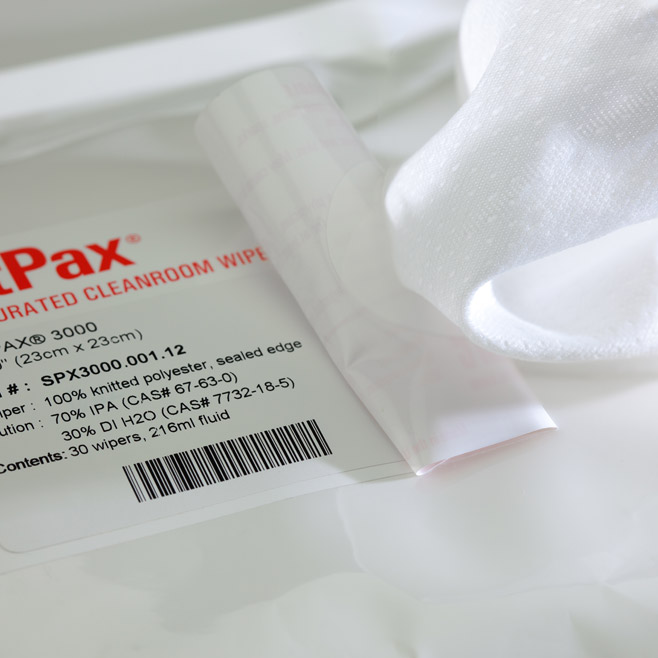
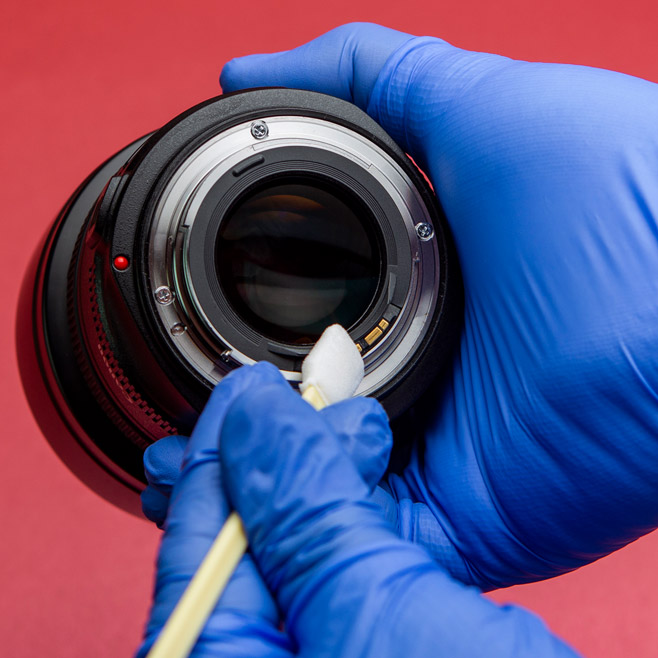
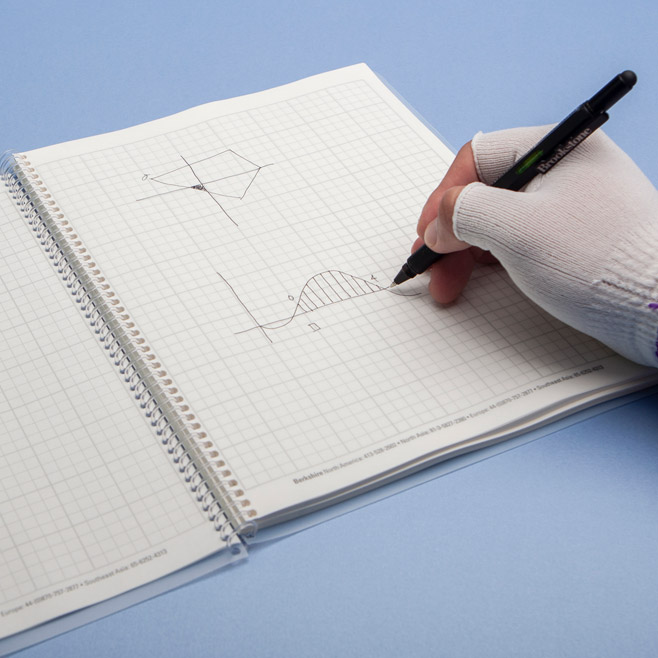

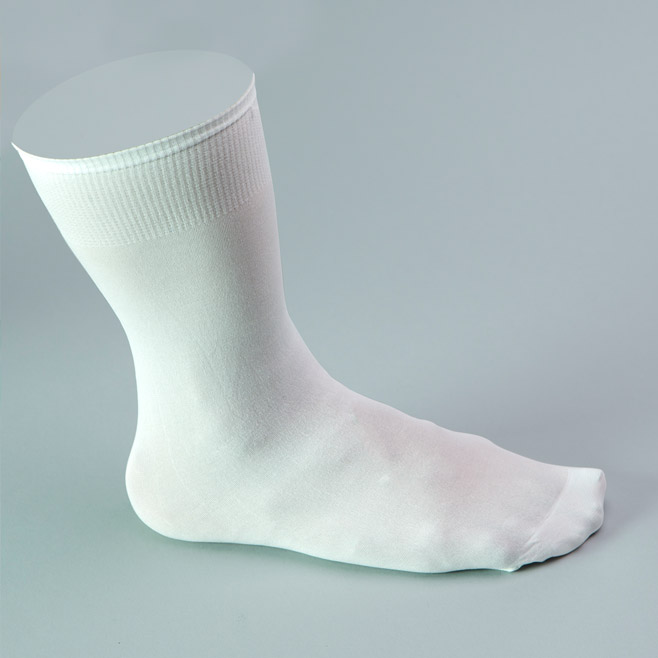
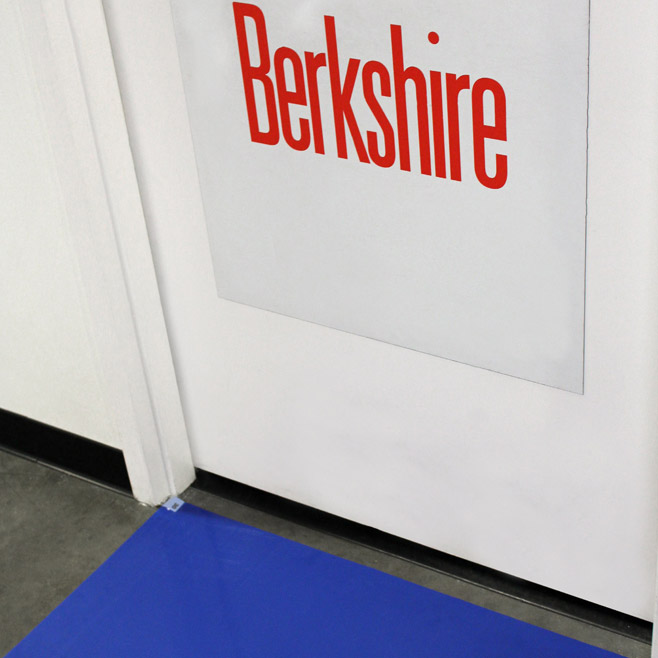


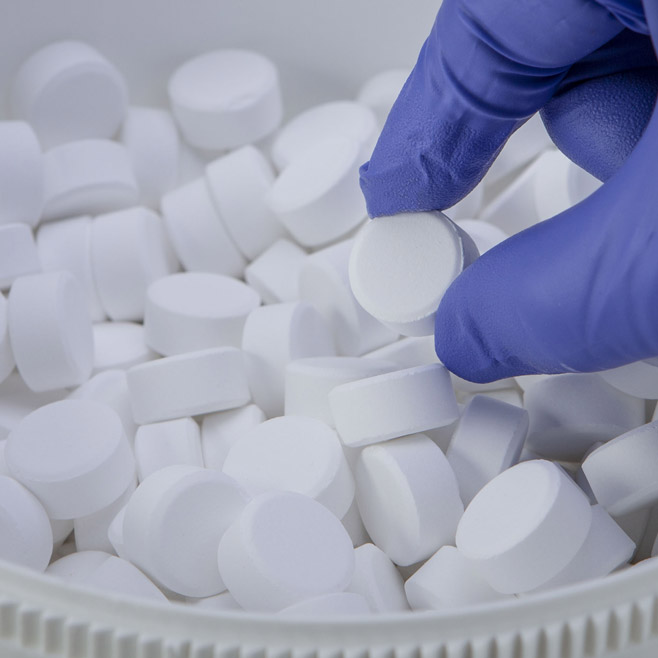





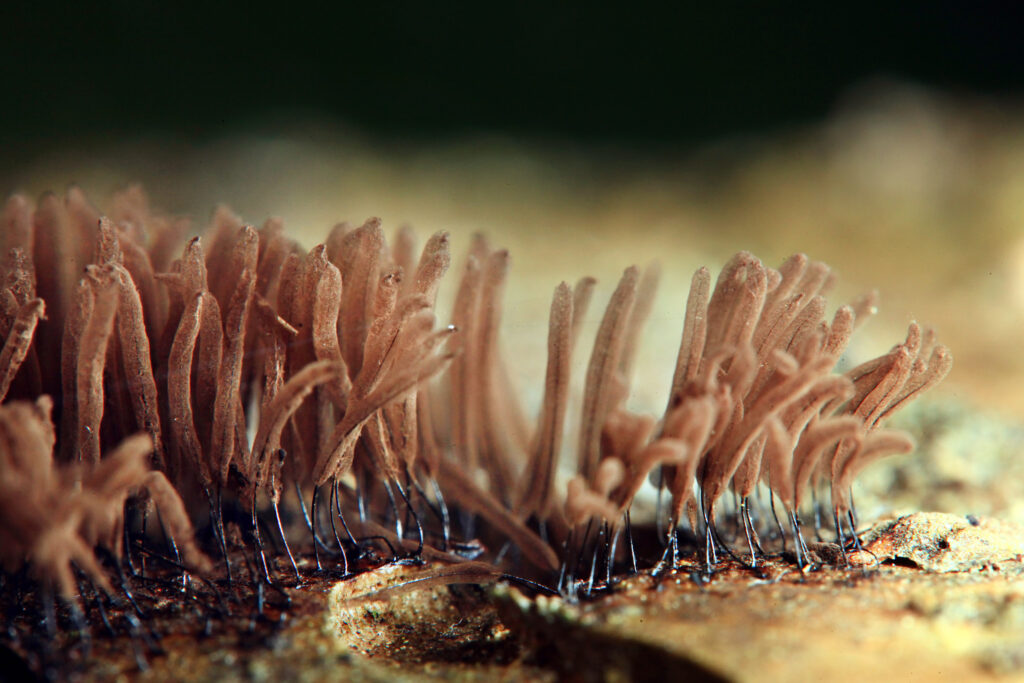


Pingback: Smart Fungus Among Us - Can Mushrooms Architect the Materials of the Future? - Cleanroom News | Berkshire Corporation
Pingback: Sustainability: Community and Beyond - Middletown Media
Pingback: 3 Industries Pushing Renewable Energy, Sustainable Resources
Pingback: 3 Overlooked Industries Helping to Push Renewable Energy and Sustainable Resources Forward – CHRISTIAN
Pingback: Fast Tracking the Growth and Implementation of Renewable Energy | AltEnergyMag - eaglerenewable.com
Pingback: Fast Tracking the Growth and Implementation of Renewable Energy – AltEnergyMag – Funky Zion